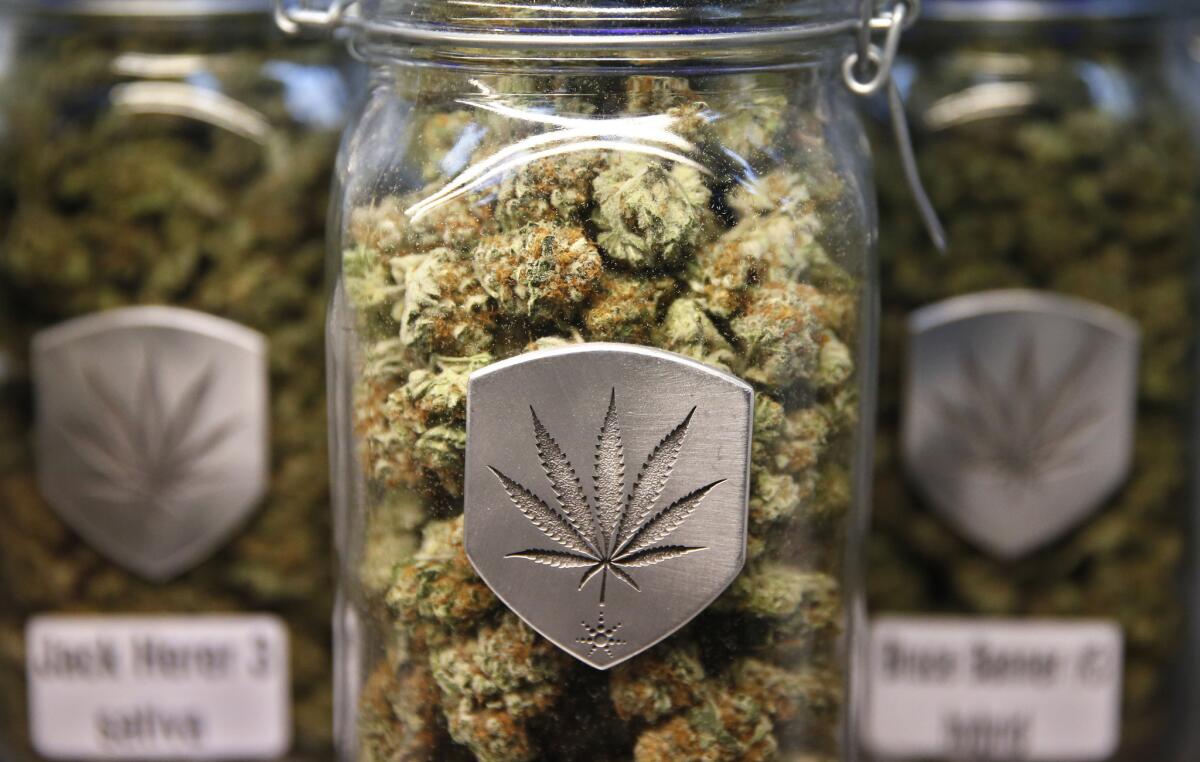Pot tourists wind up in Colorado ERs

Visitors to Colorado might want to think twice before lighting a joint or biting into a pot brownie, even if it is legal in the Centennial State.
A new study in the New England Journal of Medicine finds that out-of-state tourists in Colorado are more likely to end up in the emergency room with symptoms related to marijuana use than local residents.
The authors report that cannabis-using tourists were responsible for 168 out of every 10,000 ER visits in 2014. The ER visits made by pot-using local residents accounted for just 112 out of every 10,000 visits.
The findings could have implications for states like California that are considering legalizing the recreational use of marijuana.
“Marijuana legalization has been going on for a while in Colorado, so people in the state might understand better how to dose themselves,” said Dr. Andrew Monte, an assistant professor of emergency medicine at the University of Colorado and a senior author on the paper.
“People coming in from out of state might have less experience with the particular products available here, and they might be using in excess because they are on vacation,” he said. “It’s kind of like how people drink heavily when they go to Las Vegas.”
Colorado residents have been able to use marijuana legally with a doctor’s prescription since 2000. In 2012, the state passed legislation making it legal for adults over the age of 21 to posses one ounce of pot. Retail sales of the drug officially started in 2014.
See more of our top stories on Facebook >>
To see how the new laws affected emergency room visits in the state, the research team lead by Dr. Howard Kim, a postdoctoral fellow in emergency medicine at Northwestern University, used data collected from the UCHealth’s University of Colorado Hospital, which sees approximately 100,000 ER visits per year.
The team found that between 2012 and 2014 the number of cannabis-related emergency room visits by out-of-towners grew from 78 per 10,000 visits to 163 per 10,000 -- a total increase of 109%. Among Colorado residents, however, the number of visits increased from 70 per 10,000 to 101 per 10,000, or just 44%.
Marijuana-related visits to the ER can be broken into three main categories, Monte said. The first, and most common, is when the drug exacerbates an underlying condition like anxiety or schizophrenia.
People also show up when they have complications from using cannabis, like getting into a car accident while high, or vomiting, which is a little-known side effect of heavy daily marijuana use. Only very occasionally do the doctors see people who are showing symptoms of marijuana intoxication like a racing heart, anxiety and nausea, he said.
The researchers say the state’s investment in programs that educate the public about safe cannabis use may be paying off with local residents. However, Monte said it is also important to educate people who do not live in the state but may be purchasing cannabis when they visit.
“Programs that educate people at the point of sale, like at the dispensaries, would definitely help,” he said.
Follow me on Twitter @LATkarenkaplan and “like” Los Angeles Times Science & Health on Facebook.
Hoy: Léa esta historia en español
MORE SCIENCE NEWS
Earliest known medieval Muslim graves are discovered in France
Even in sunny L.A., warming climate may be the next big public health problem
Five ways scientists are going after the Zika virus







